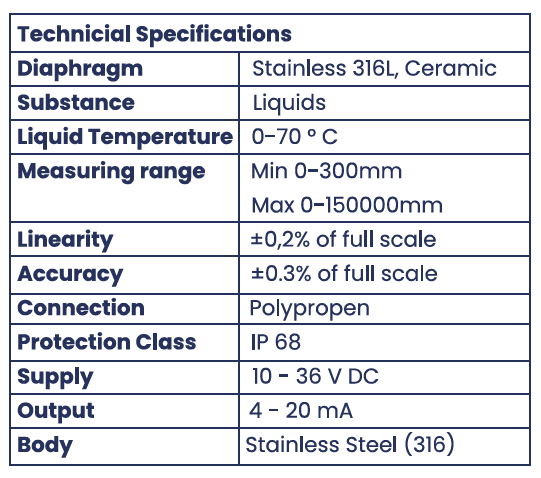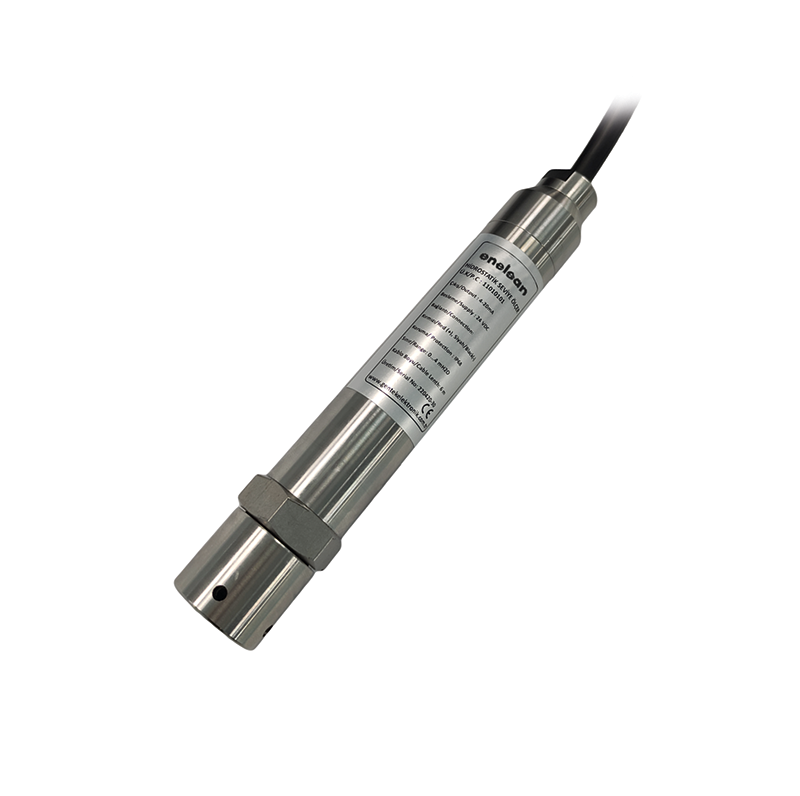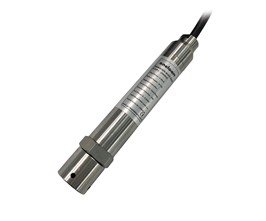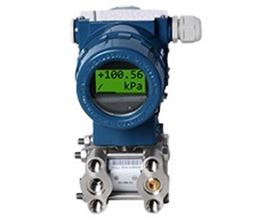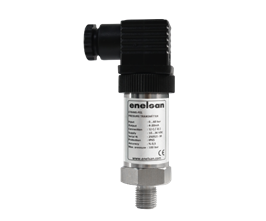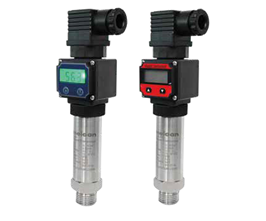Working Principle
Hydrostatic level sensor measures the level with the help of liquid pressure,
It transfers information to the control equipment by converting the pressure value formed at the liquid level into an analog signal,
It can be used to measure the level of liquids cheaply and easily,
It has a wide application area. It is very simple to set up and use.
Advantages
• Immersion type,
• 4 - 20 mA output,
• Adjustable current output,
• High accuracy and sensitivity,
• Ease of installation and use.
Scope of application
Level or depth measurements,
• Waste water systems,
• Irrigation systems,
• Pump protection,
• Well water level measurement,
• Tank liquid level measurement,
• Possibility to measure in dams or lakes up to 150 meters deep.
Setup
When the probe is immersed at the reference level, the probe can remain suspended in the liquid or horizontal to the base. Cable with pressure reference tube can be extended using standard signal cable. The cable with pressure reference tube should be placed in a non-hermetic box (internal pressure equal to atmospheric pressure) for protection from reaching water and other contaminants. When winding the probe cable, the winding diameter should be kept at a minimum of 30 cm. The cable supplied by the manufacturer must not be shortened. In tanks where turbulence is likely to occur (with mixers operating or turbulent inlet) the probe should be placed in a separation tube (eg made of PVC). The level movement of the probe must be provided by the rope to be connected to the connecting ring on the probe (not pulled from the cable). The probe diaphragm should not be cleaned mechanically.


Security, Protection, Compliance
The level meter is equipped with protection against reverse polarity, overloaded output current, short circuit and short-term overvoltage. Protection against electric shock is done by the use of safe voltage. Electromagnetic compatibility standards: EN 5S022/B, EN 61000-4-2, EN 61000-4-3, EN 61000-4-4, EN 61000-4-5, EN 61000-4-6.
